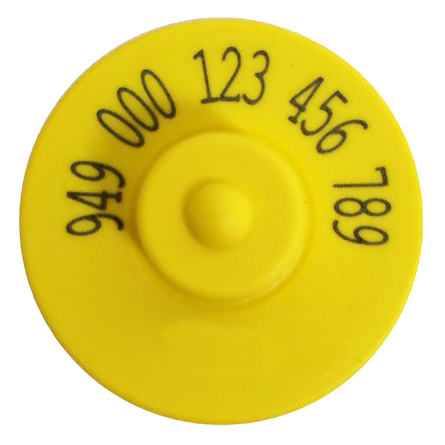
Improving work efficiency by reducing the labour required for identifying cows
RFID tags help eliminate human error associated with ear tag reading, produces valuable management information and reduces the amount of animal handling.
In a busy working environment, farmers need to quickly and easily identify their animals during inventory. Traditionally, farmers have used metal ID tags attached to animals’ ears for this purpose. RFID tags are replacing metal tags because they offer considerably enhanced functionality. The old metal tags had to be visually read by farmers, which was time-consuming and led to innumerable errors. The old-style tags could easily become snagged on foliage and machinery, causing them to loosen and end up lost. RFID tags, on the other hand, are more durable than traditional metal tags. They’re read electronically rather than visually, which takes human error out of the process. The tags do not require animals to stand completely still for them to be read, which opens up options for reading them—animals can be scanned in the field, during feeding, in the chute, or anywhere they happen to be. How do RFID ear tags work? Dairy workers scan the ear tag with a handheld RFID reader or the tag is read as the cows walk through an ID reader in or around the dairy parlor, that then activates the device and reads the number coded in the microchip. That information is then sent from the reader to a database that holds all the data on each individual cow.


